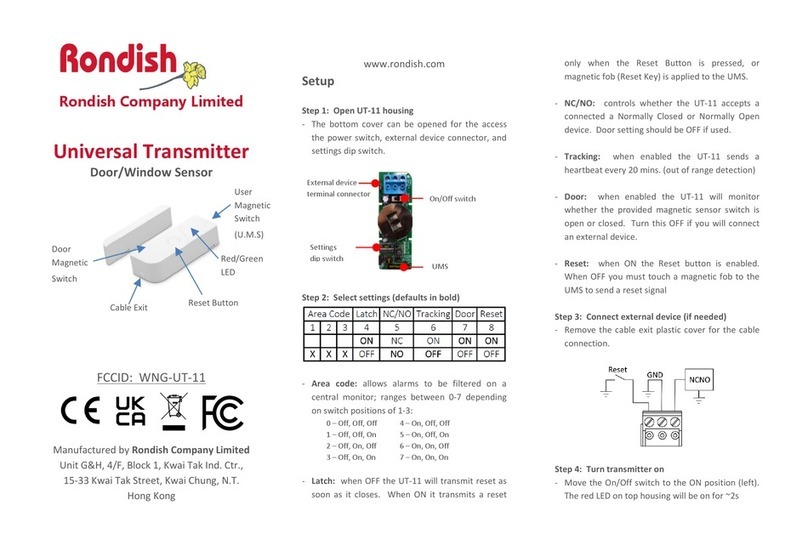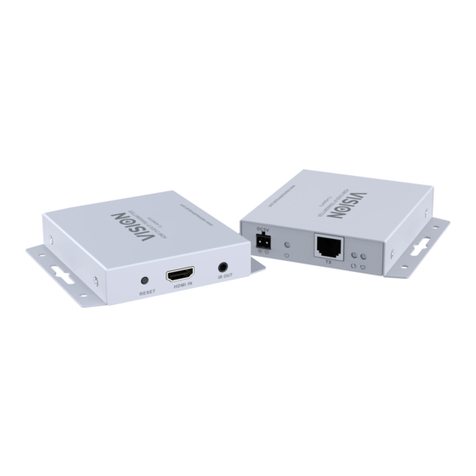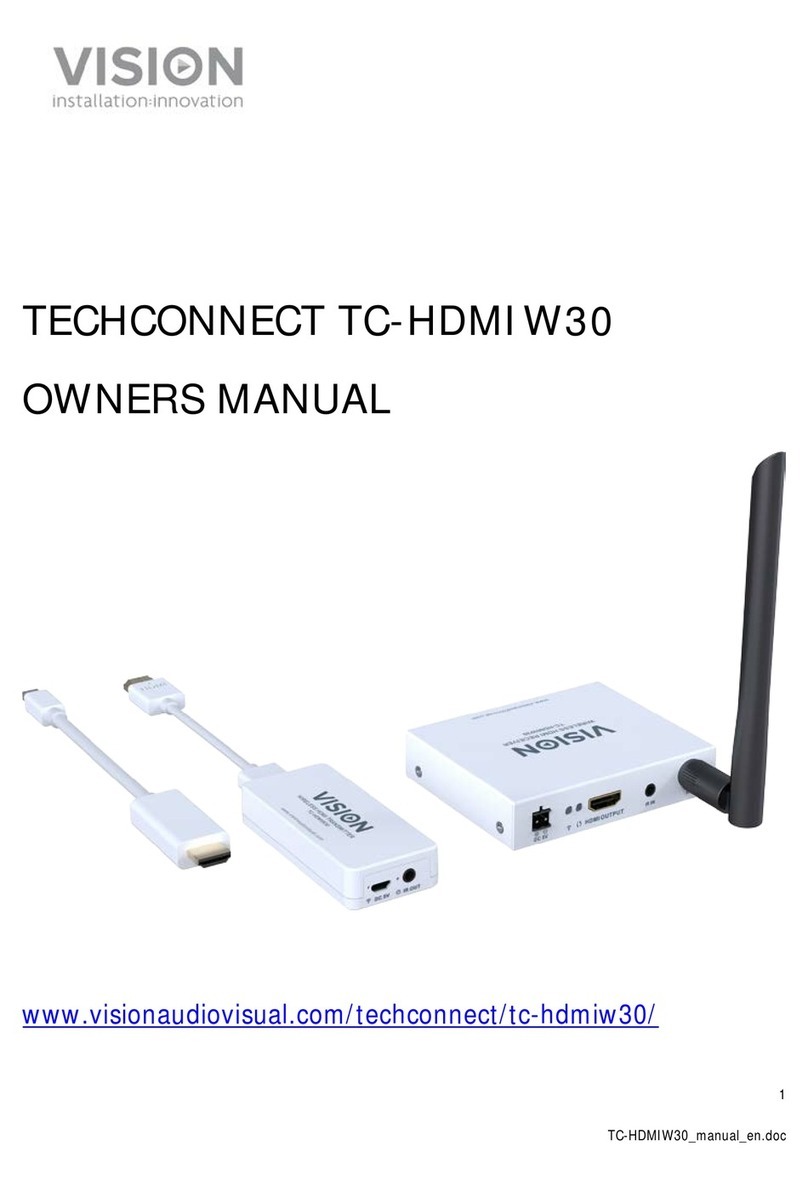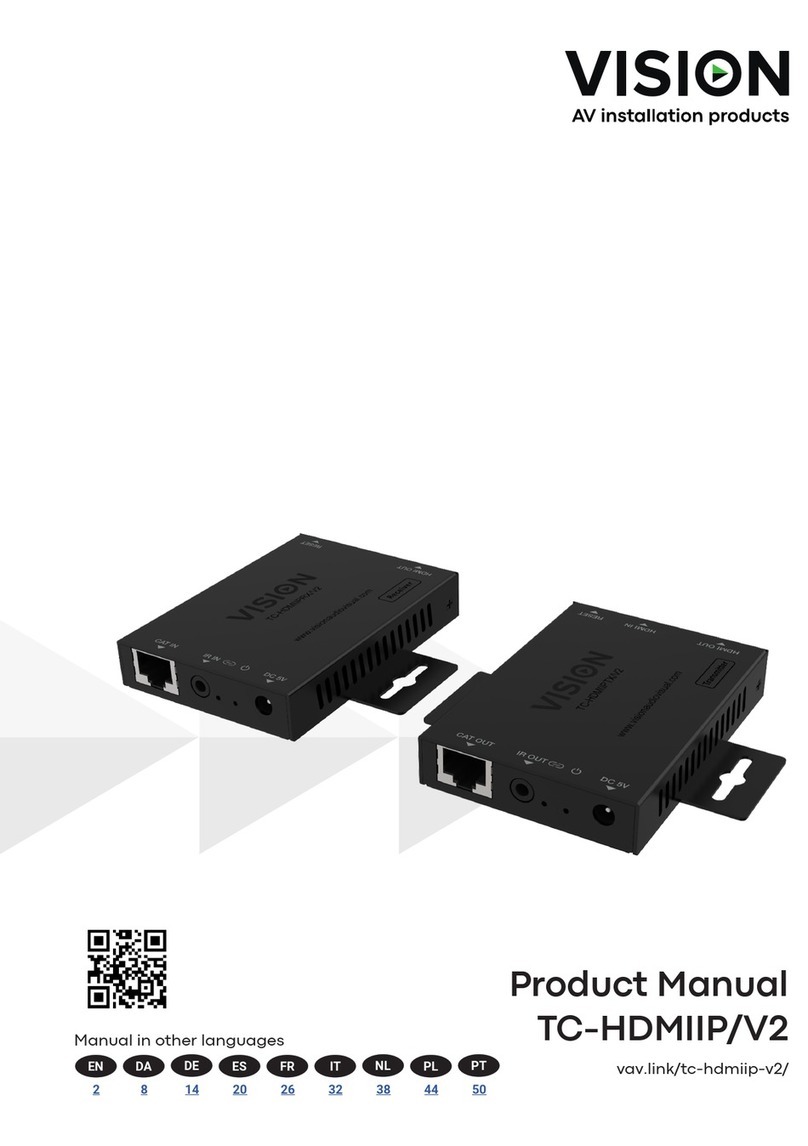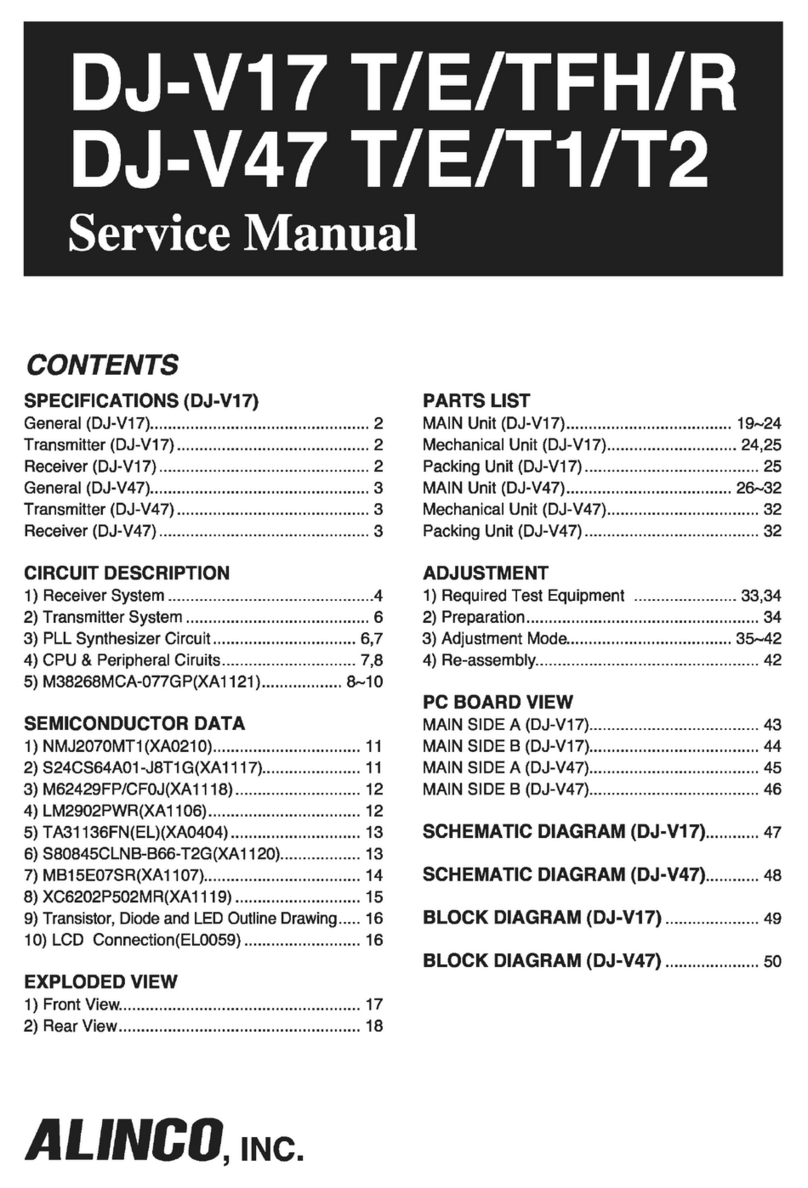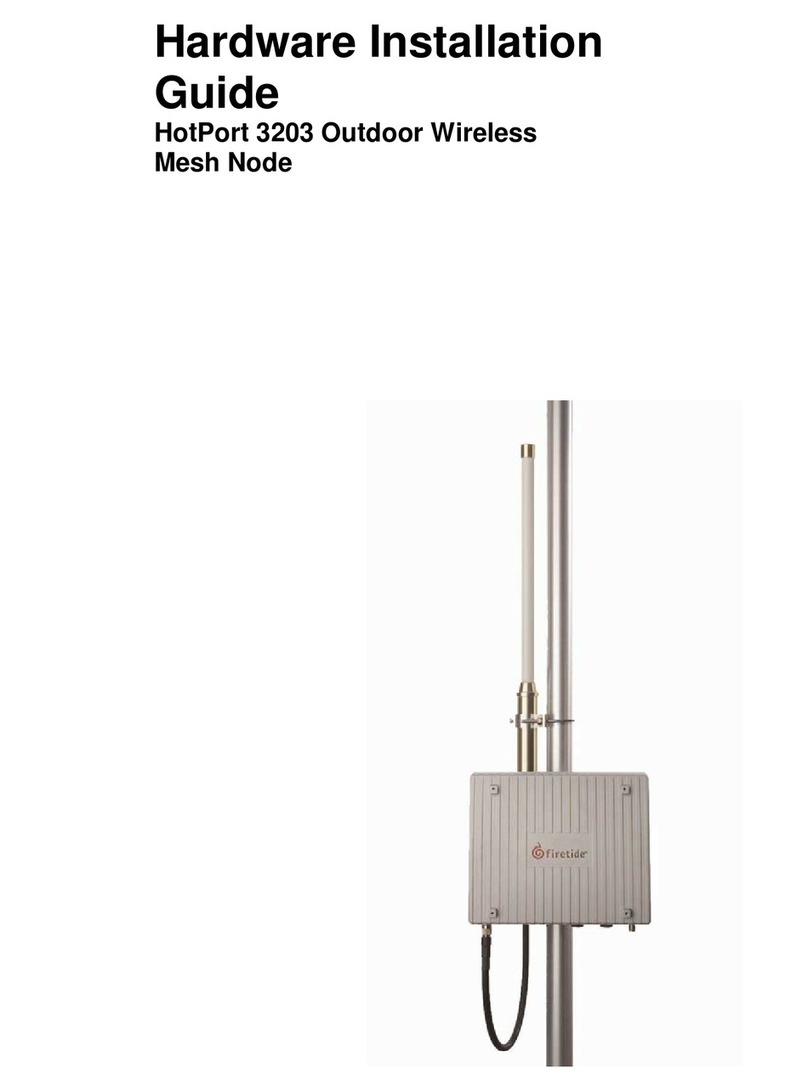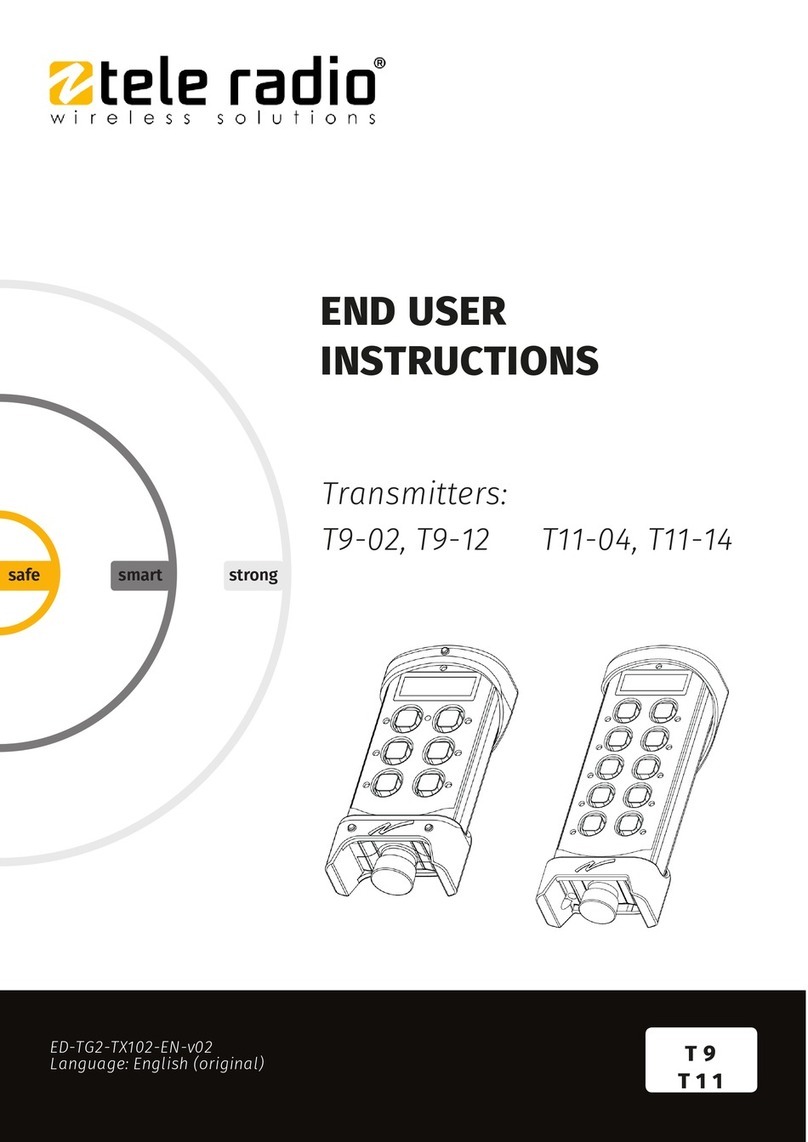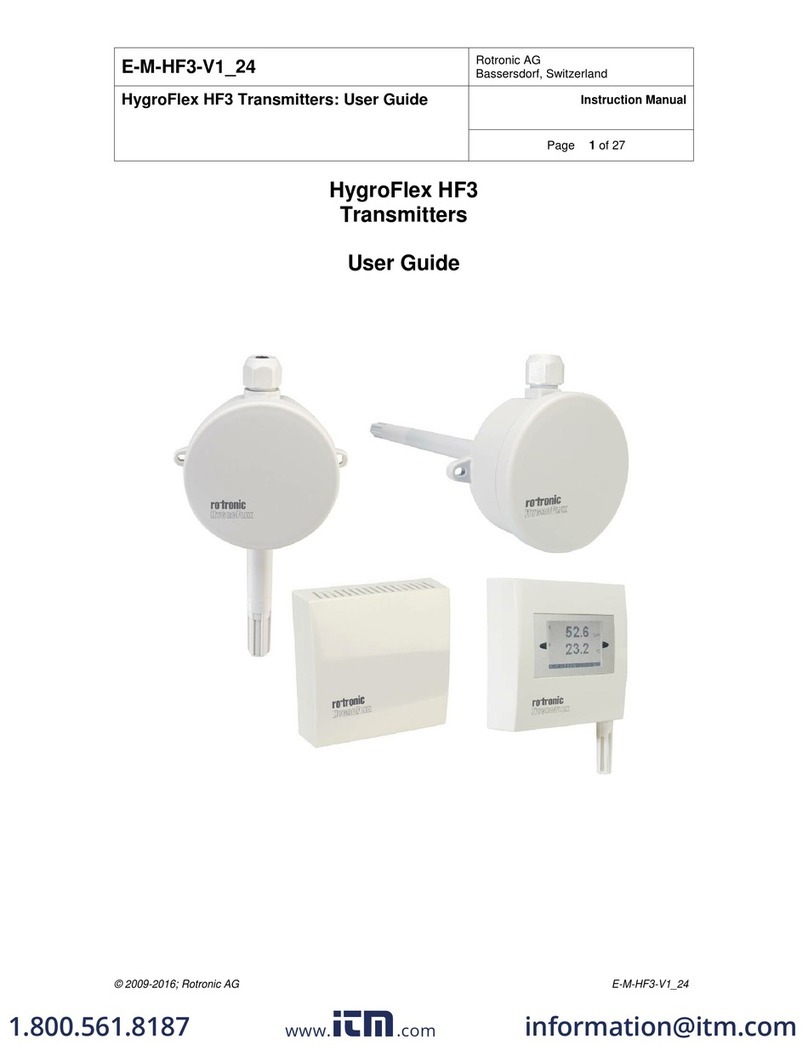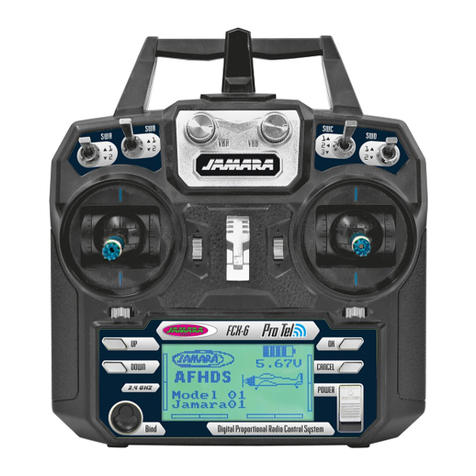1.0 PRODUCT SUMMARIZE
We are the well-known manufacture in analog externally modulated optical
transmitter in the world. GS8510, a kind of low cost 1550nm Externally Modulated
Optical transmitter, is specially designed for networking application of second-grade
service area. It is named as GS8510 second-grade service area 1550nm Externally
Modulated Optical Transmitter. GS8510 series Externally Modulated CATV
transmitter adopts low noise, narrow bandwidth, and continuous wave laser DFB
laser as its light source and adopts low cost single-output LiNbO3 external
modulator that is specially designed by JDS-U to modulate signal , which reduce the
cost of the transmitter largely. Based on a series of characterized optimization and
technical innovation, it can reach excellent system index with flatness ≤0.75dB
in-band 47~862MHz, 13dBm SBS, point to point >50Km, (0dBm receiving) CSO ≤
-65dB, CTB ≤-65dB, CNR ≥52dB. The whole unit is equipped with perfect RS232
communication interface, SNMP network management, 1+1 back-up power supply,
and casing temperature auto-control. All the optical port can be installed in the front
panel (The back panel is also available if needed).
2.0 INSTALLATION
2.1 Unpacking
Inspect the shipping boxes for any obvious damages.
Unpack the unit from all packaging boxes.
Inspect the appearance of the unit for any shipping damages.
Document and inform the shipping company and your local representative, if
any damage was found.
Save the shipping boxes and their inserts for future reshipment in case the
products need any upgrade or repair.
NOTE: When reship the products and send them back to the manufacturer,
the manufacturers will disclaim all the responsibility for the damage caused
by nonuse the original packaging.
2.2 Transmitter Mounting and Power Connection
1. Put the unit into a 19-inch wide rack or cabinet. Make sure to leave a
1.75-inch (about 4.5cm) space above and below the unit.
2. According to the design request, GS8510H series 1550nm optic
transmitter can work between 0°C~50°C(32°F~122°F)temperature range.
We recommend 25°C(77°F)environment temperature.
Humidity not bigger than 95%(under non-coagulation condition). If necessary,
Page 1 of
7





